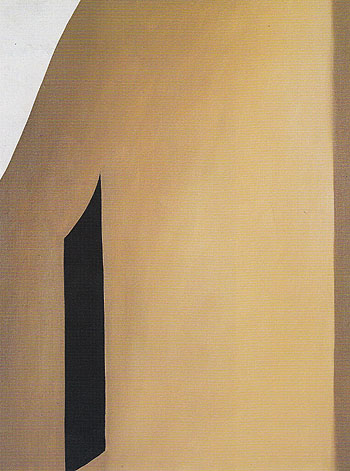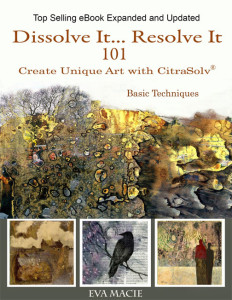Sorry about the corny title, but I wanted to share a little tutorial with you about how to make a chapbook journal.
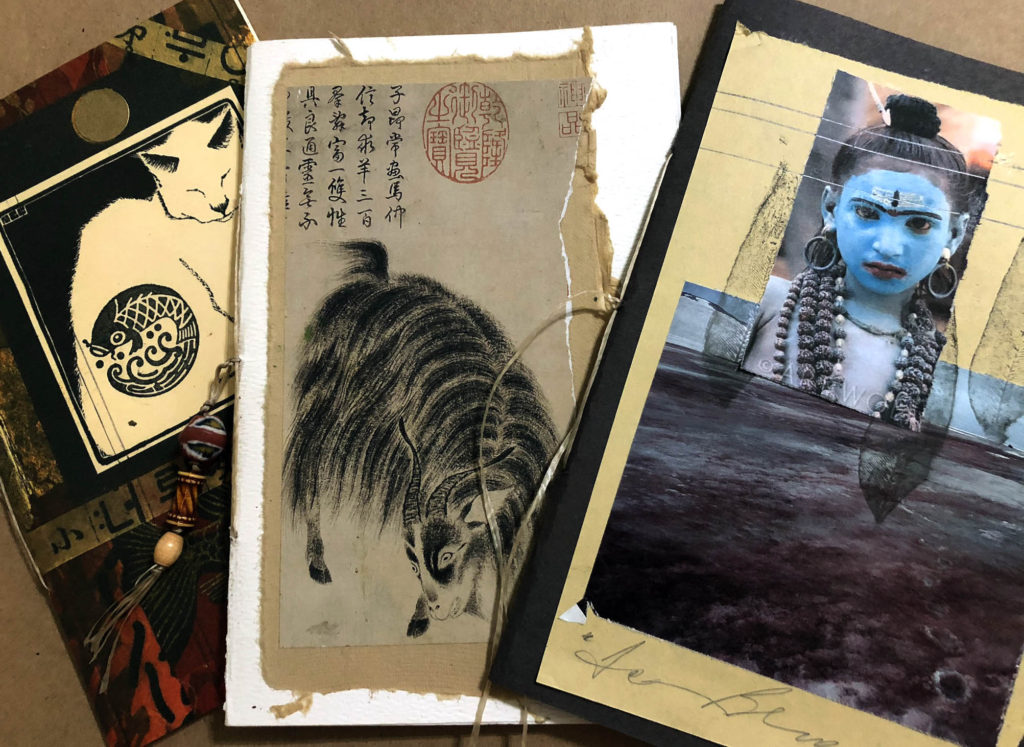
I made the video for my friend Alexandria van de Kamp, Executive Director of Gemini Ink, San Antonio’s Literary Arts Center. She loved it and thought it might be a fun project for poets and writers. I thought that most artists could always use another small journal, too.
This one requires nothing more than 20 minutes and uses materials that you have already: paper, string, scissors, a glue stick, magazines or other collage stuff.
Here’s how to do it, Old Chap:
And if you missed it on Facebook, here’s another helpful video (OK, so it’s a commercial for my eBook, Wax & Words) that will give you some composition tips that you can use on the cover of your chapbook.
As I say in the chapbook tutorial, these little journals are so easy to make for yourself and for friends. Make several and record your cheery thoughts about quarantine, plague. . . . .oh, wait, never mind. We are artists! We create joy!
HERE ARE SOME QUOTES TO INSPIRE YOUR CHAPBOOK MUSINGS:
- “Because most artists are ‘sensitive’ in every sense of the word, if you don’t take charge, negative emotion can ruin you.” (Gaye Adams)
- “I am an optimist. It does not seem too much use being anything else.” (Winston Churchill)
- “When asked if my cup is half-full or half-empty my only response is that I am thankful I have a cup.” (Sam Lefkowitz)
Stay safe, everyone – hope to see you soon! And dare I say, “May the Fourth be with you” ? ♥♥♥

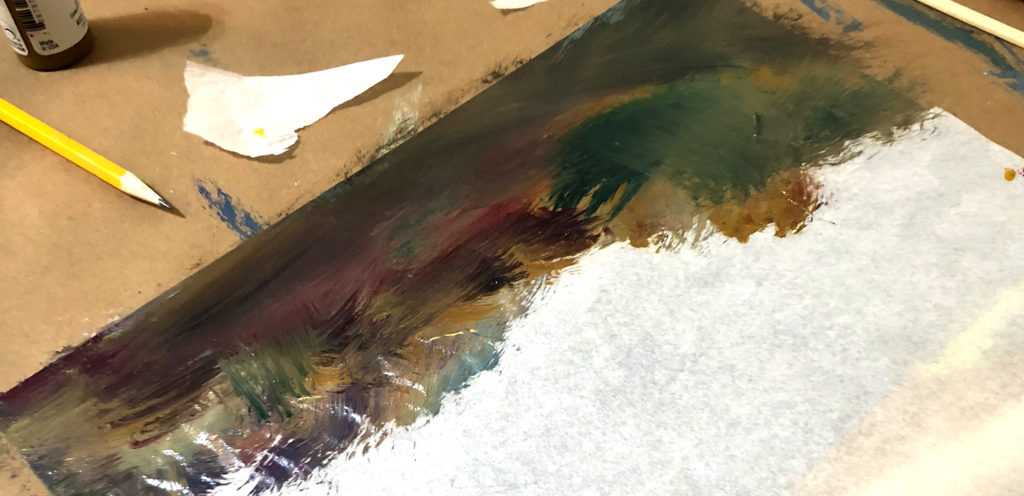
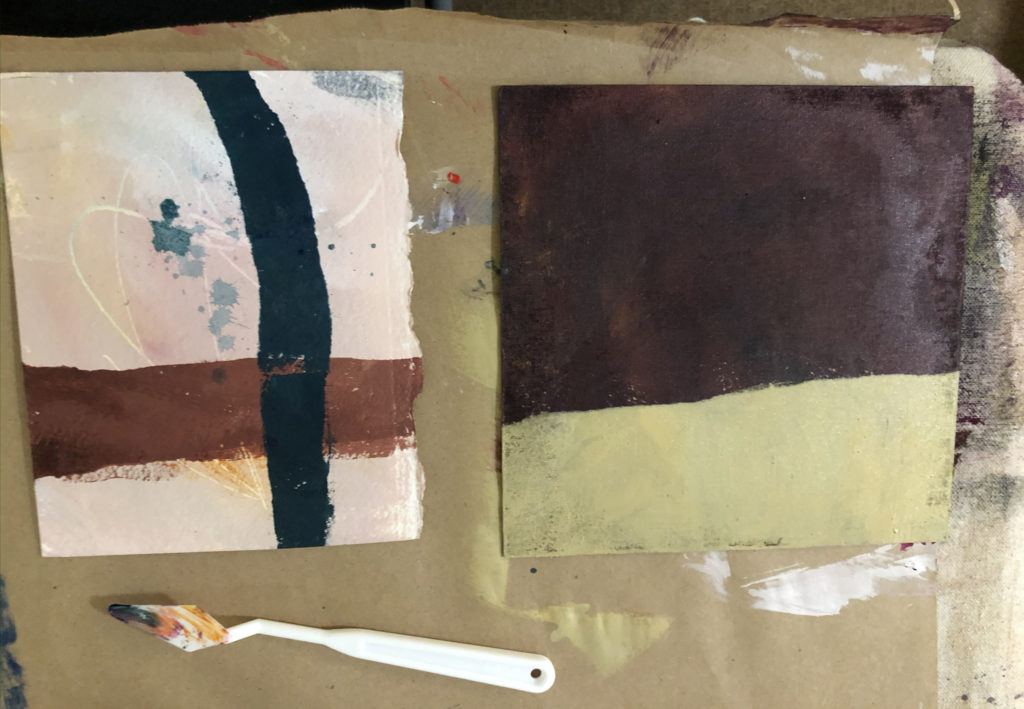
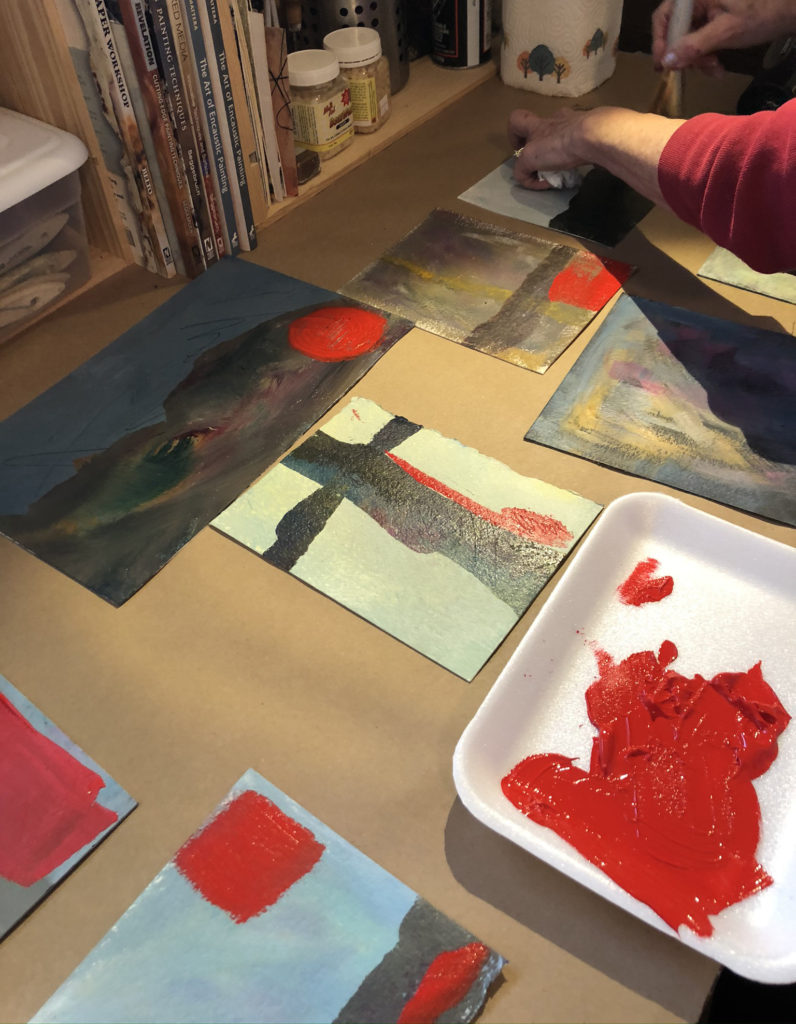

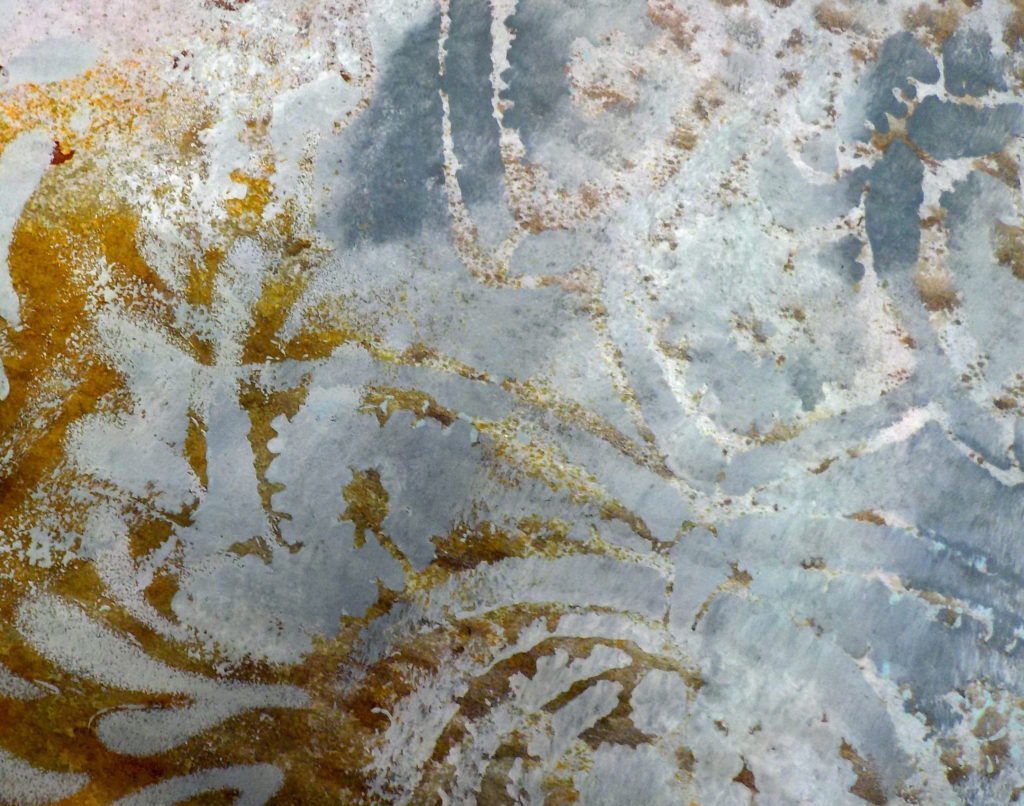
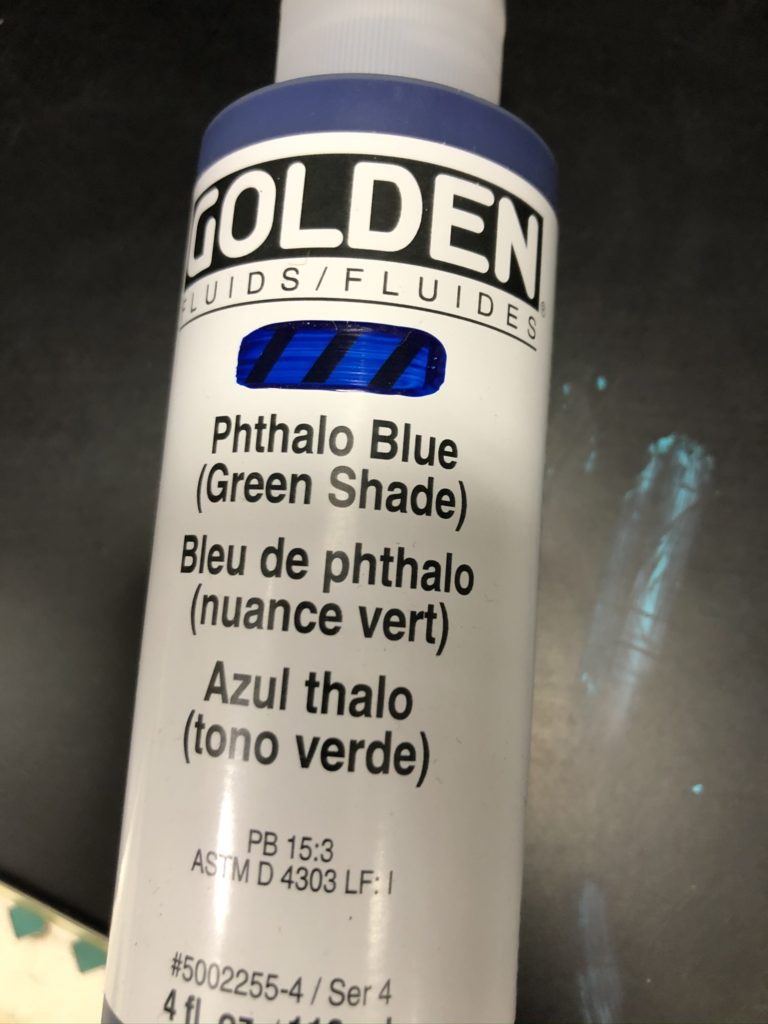
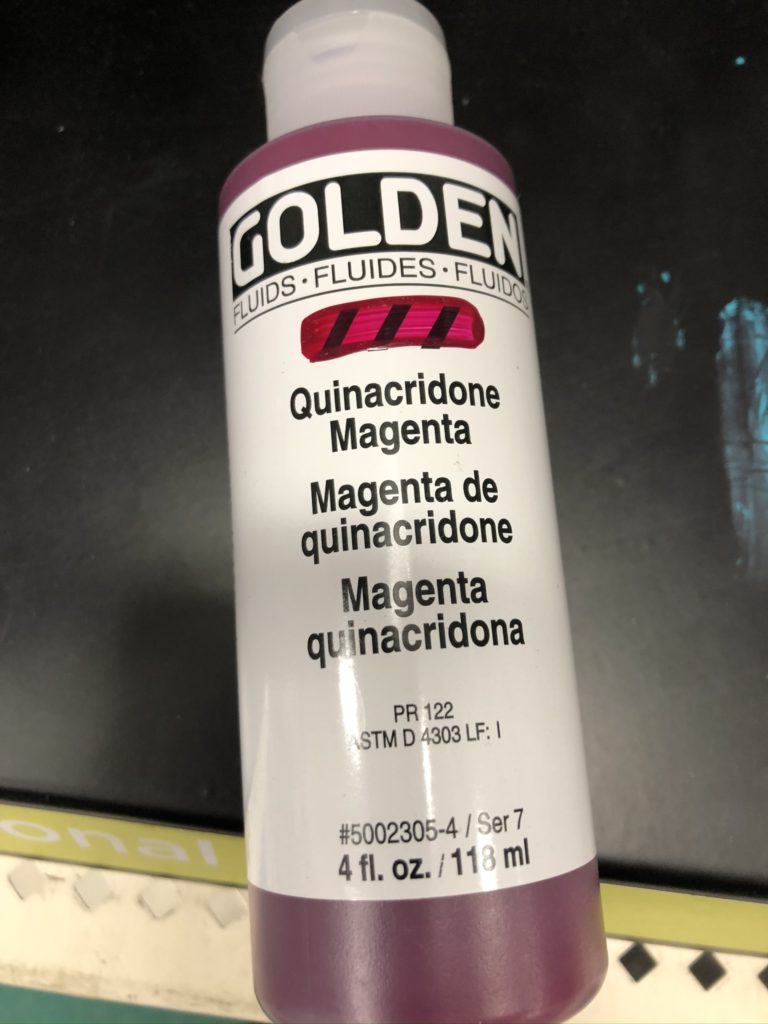








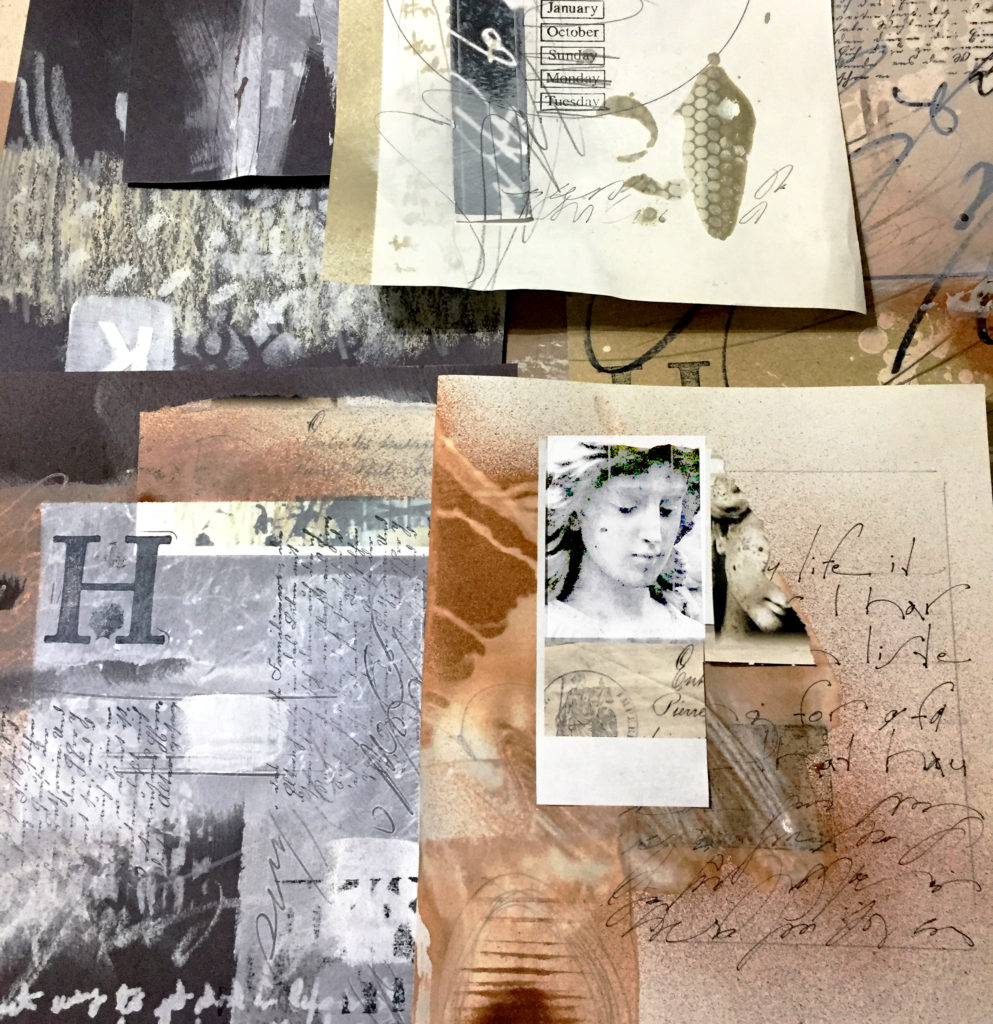
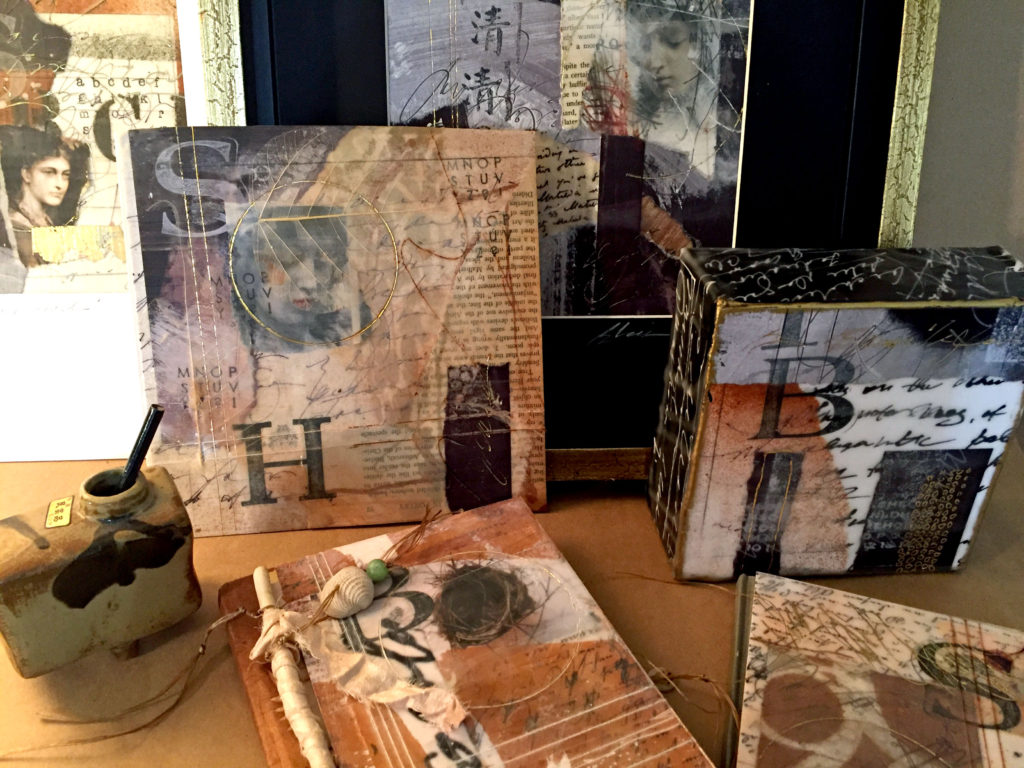

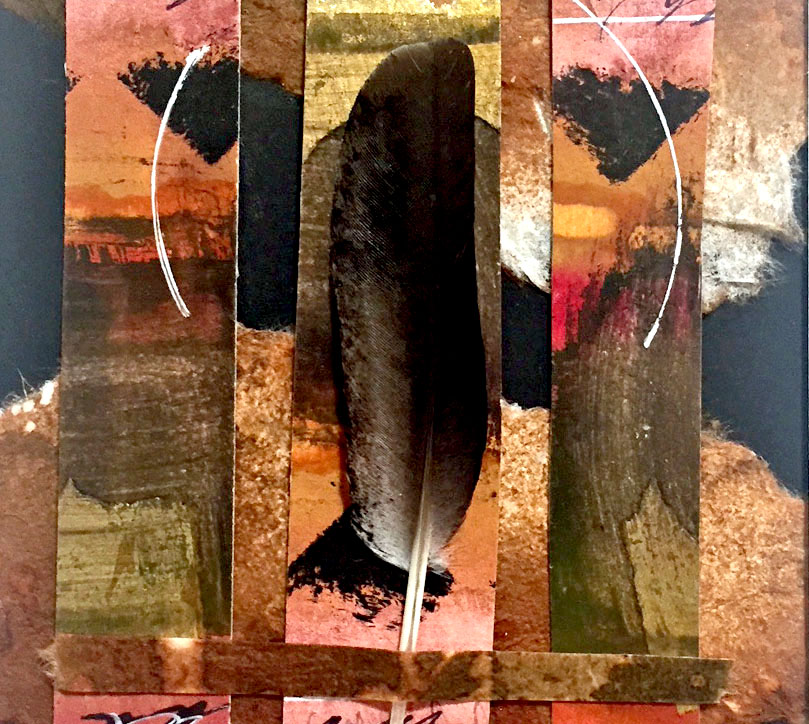
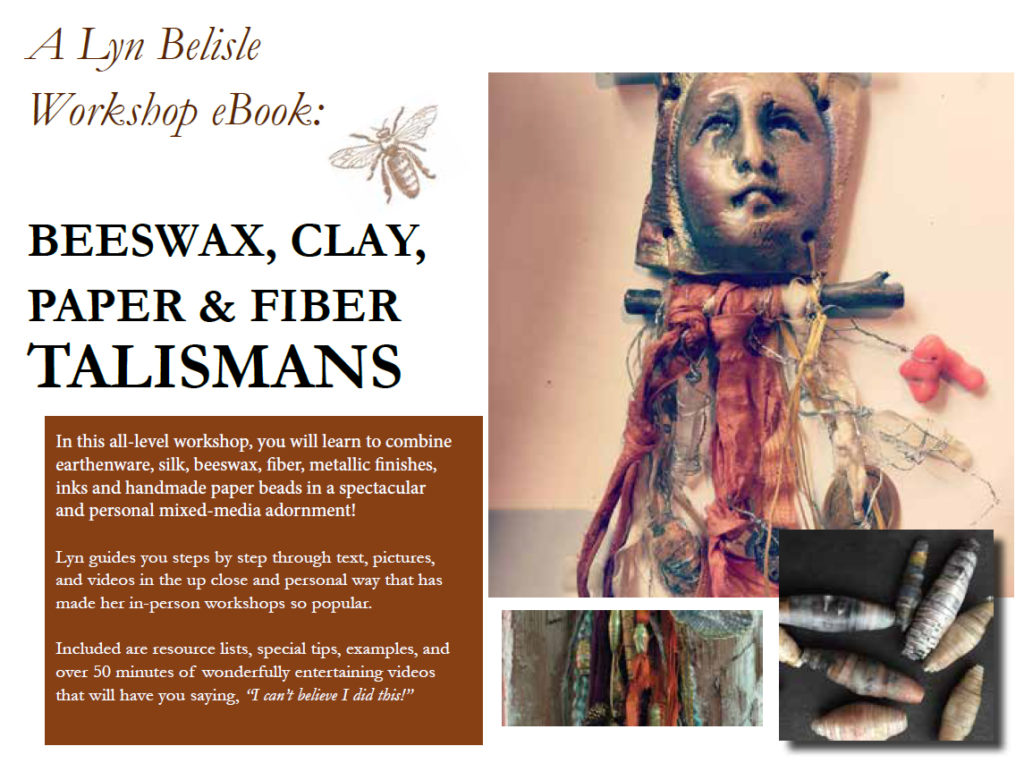



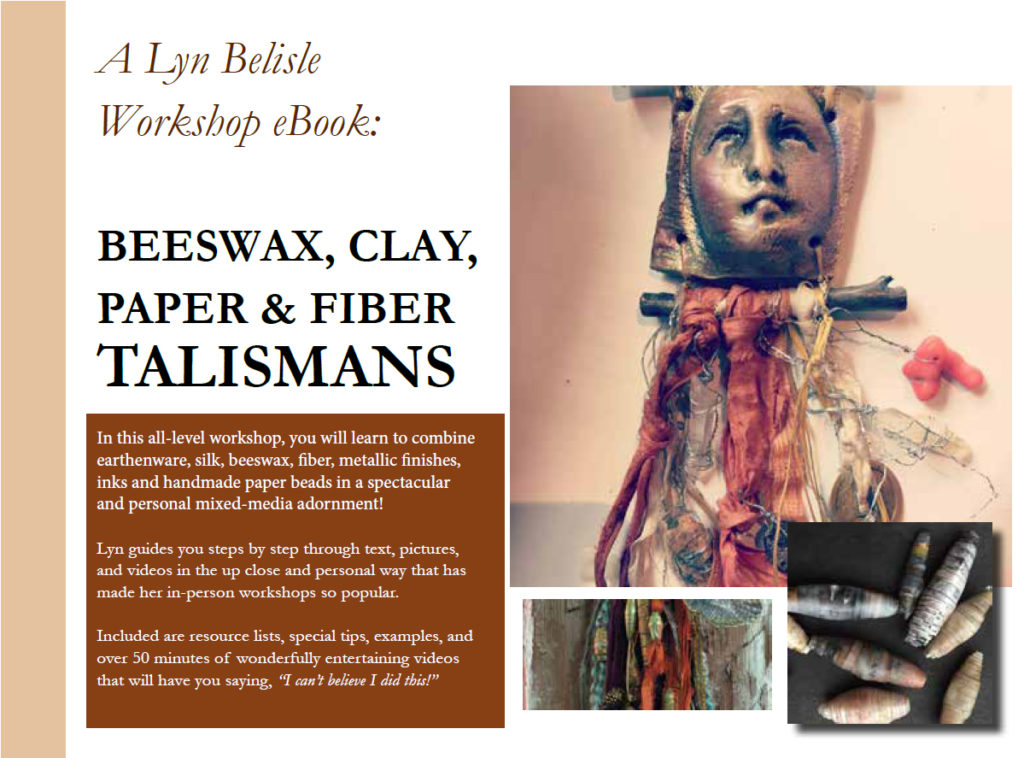

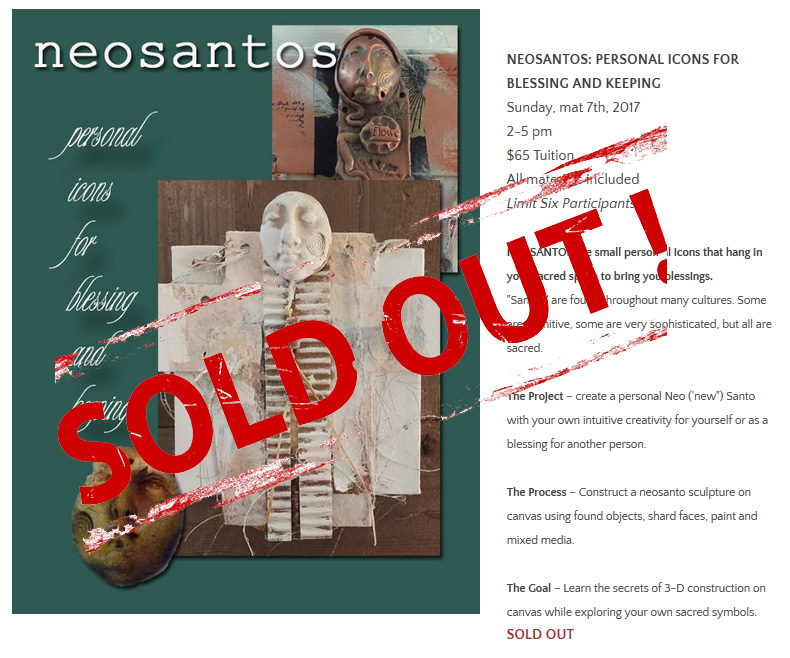

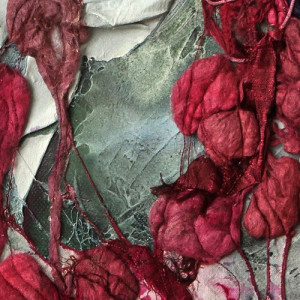



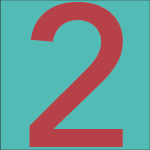 You get two art reviews for the price of one (yeah, I know, they are all free) but still – I wanted to post Part Two of my Colorado Trip while it was still fresh in my mind, and I couldn’t wait to show you the video of yesterday’s Beeswax Collage workshop at my Studio (see the amazing video, below)!
You get two art reviews for the price of one (yeah, I know, they are all free) but still – I wanted to post Part Two of my Colorado Trip while it was still fresh in my mind, and I couldn’t wait to show you the video of yesterday’s Beeswax Collage workshop at my Studio (see the amazing video, below)!
